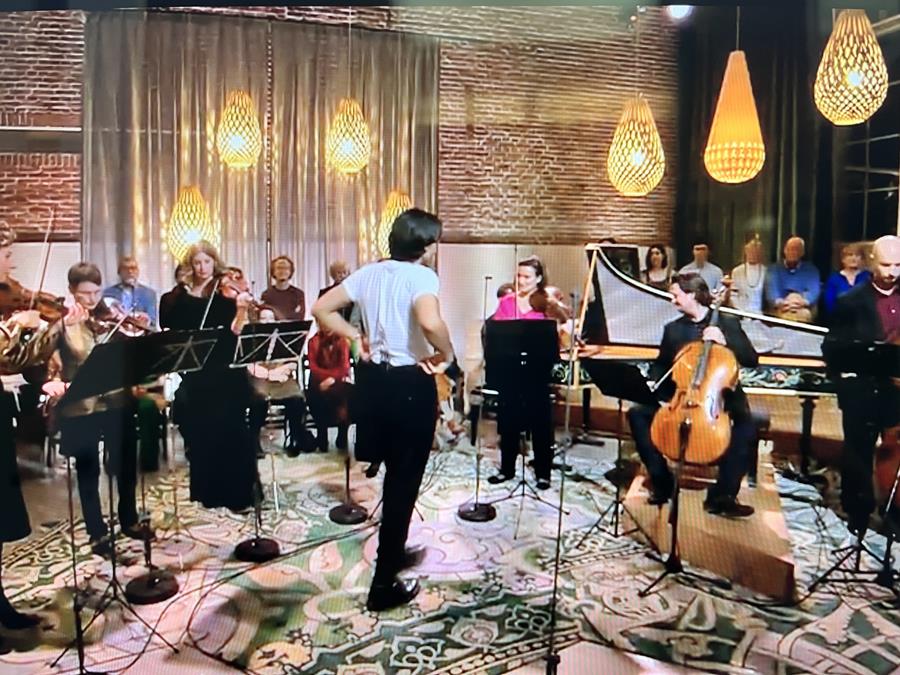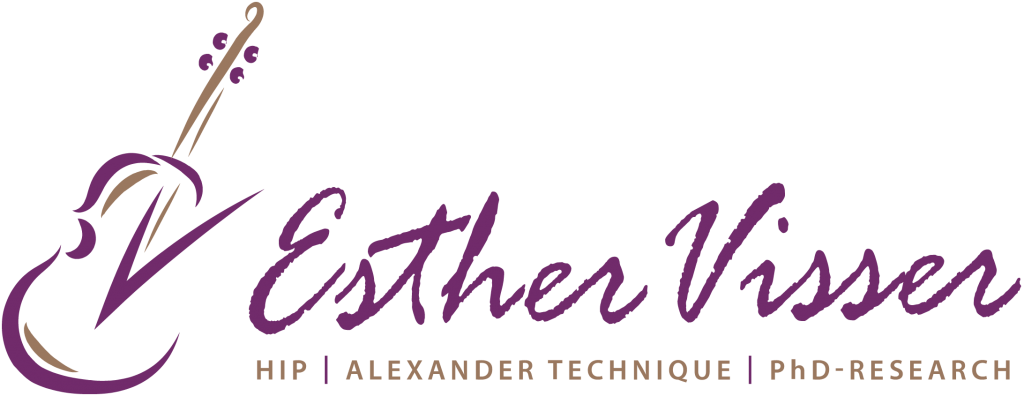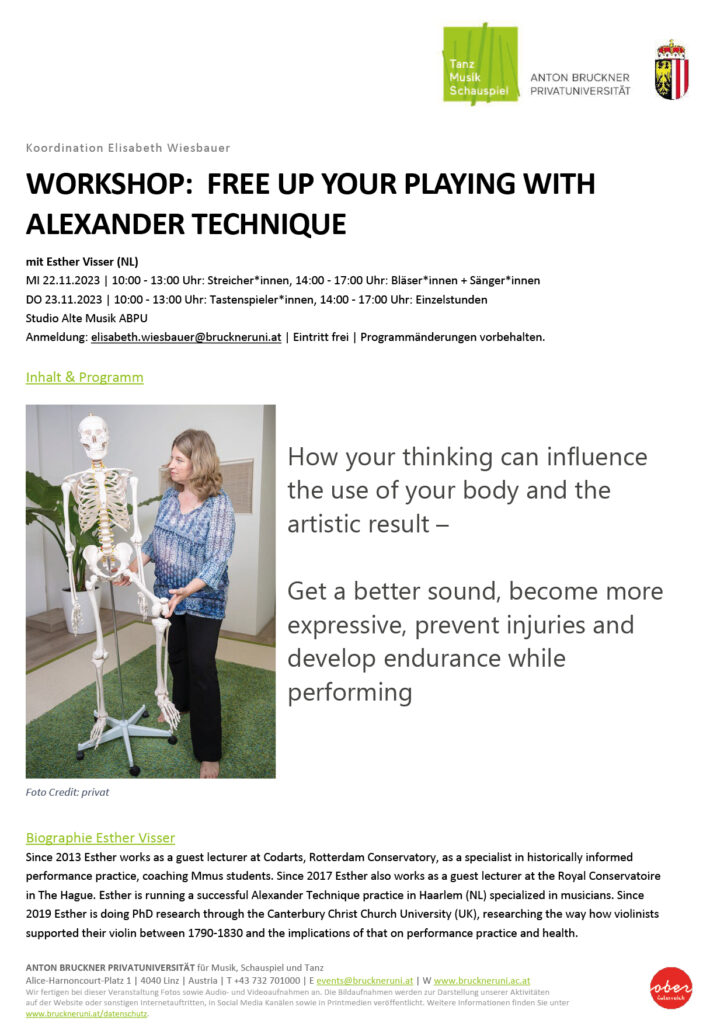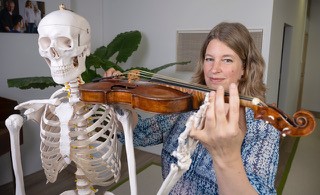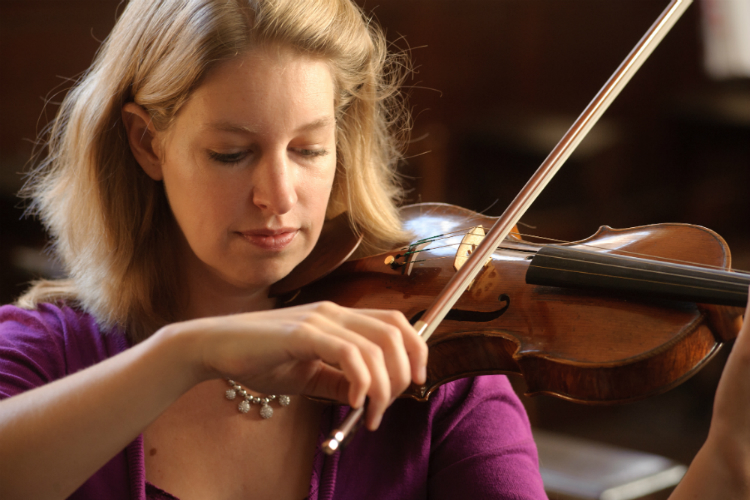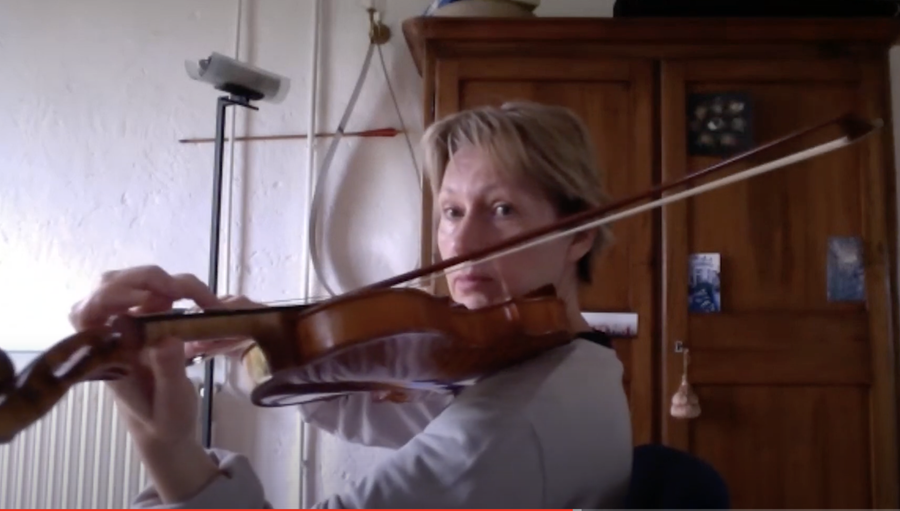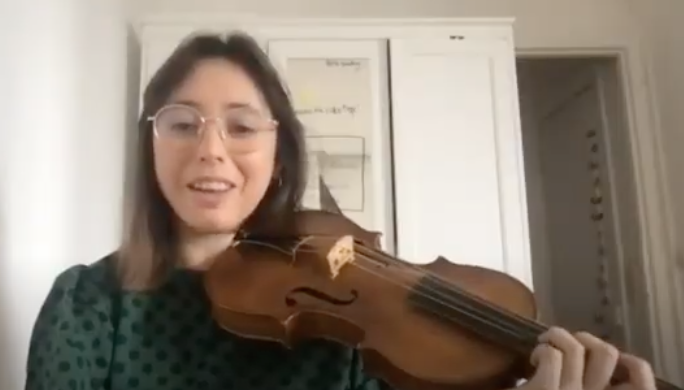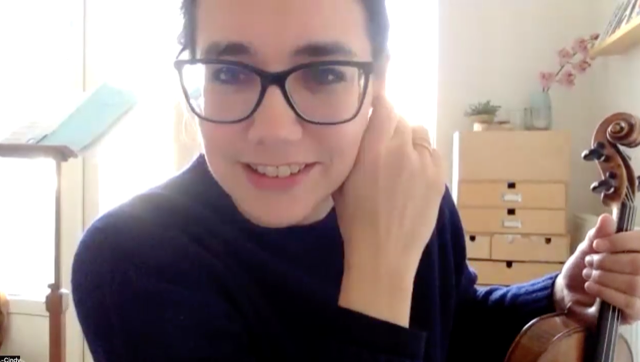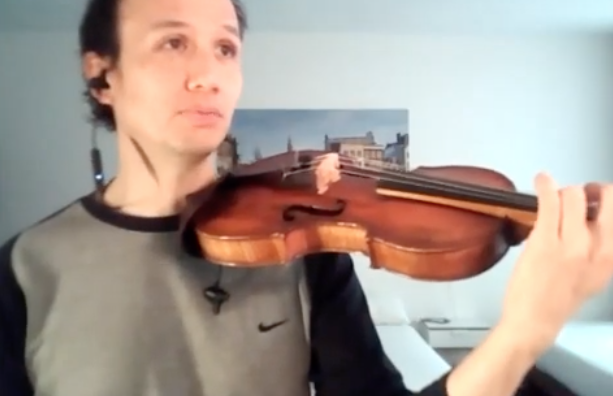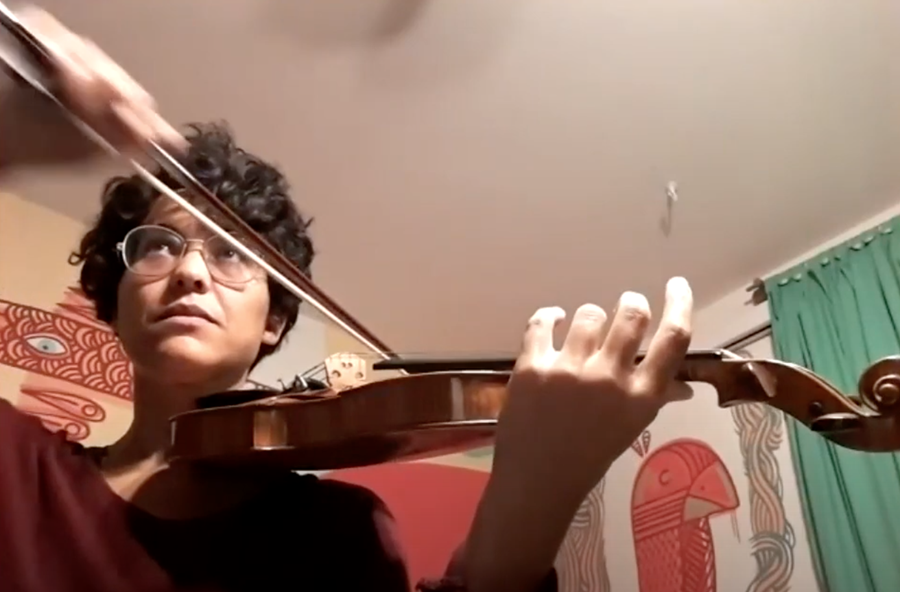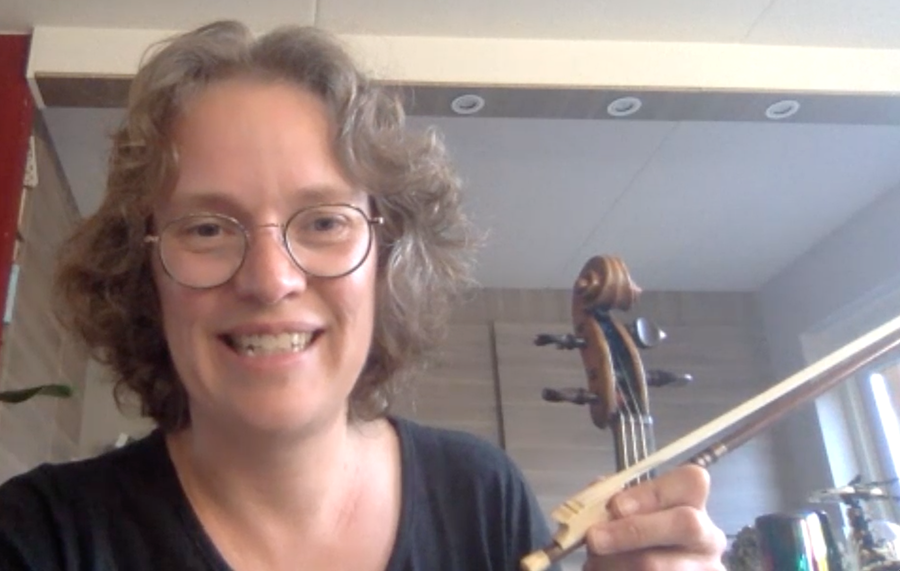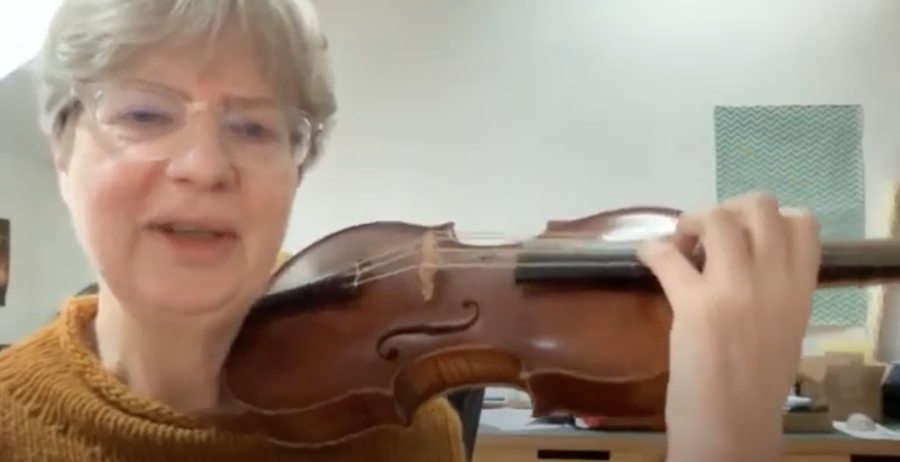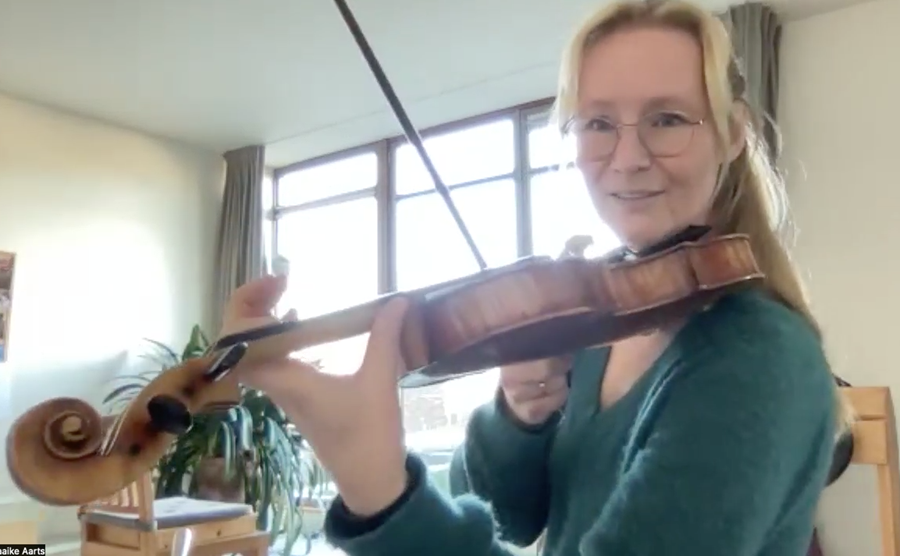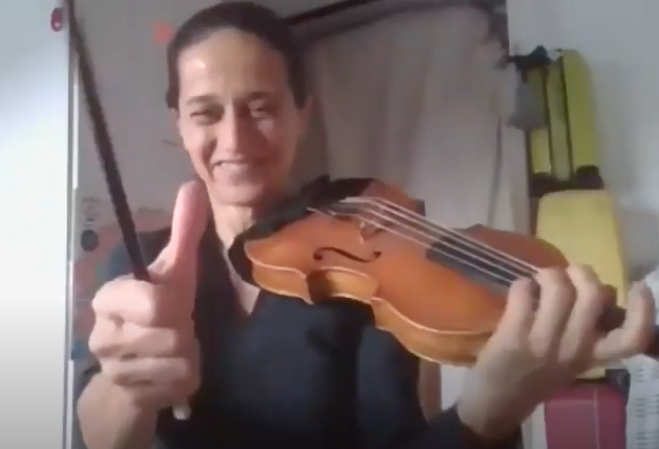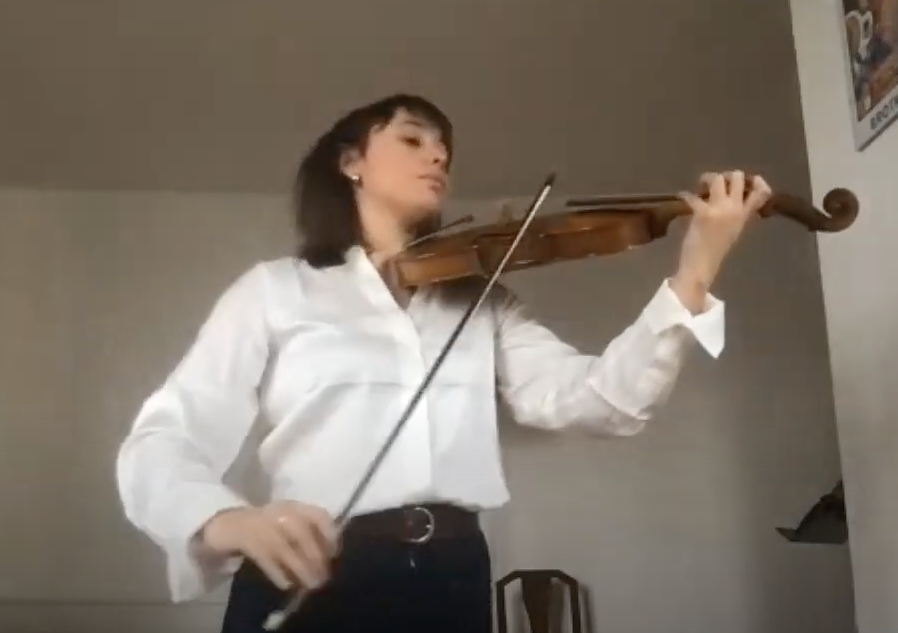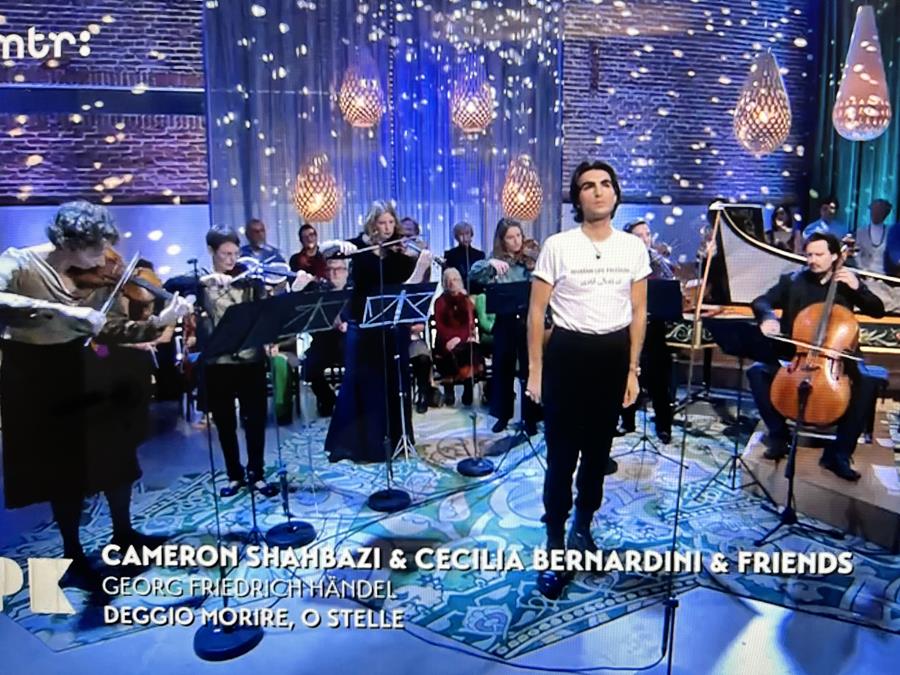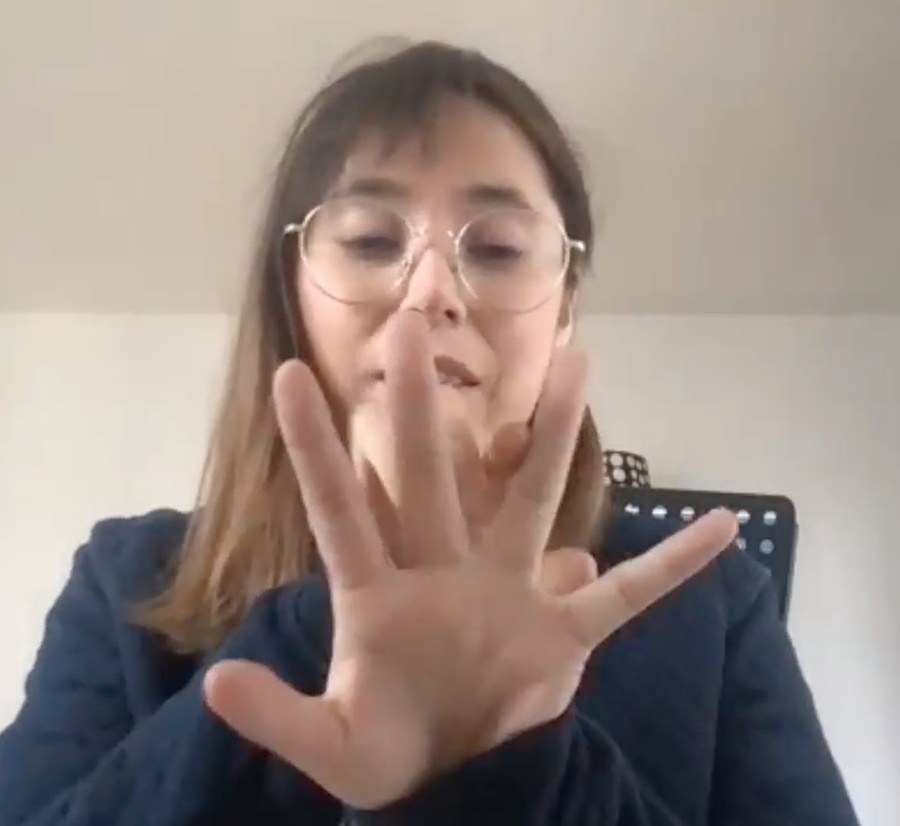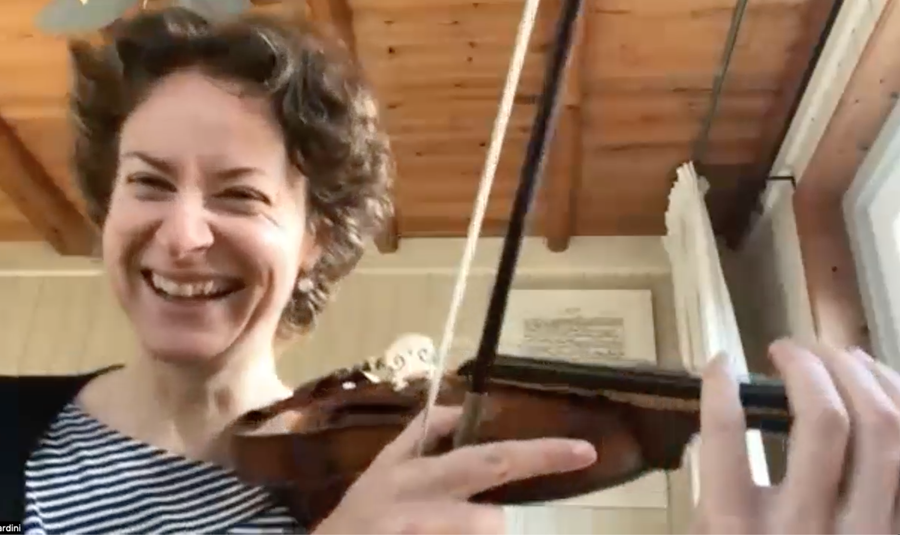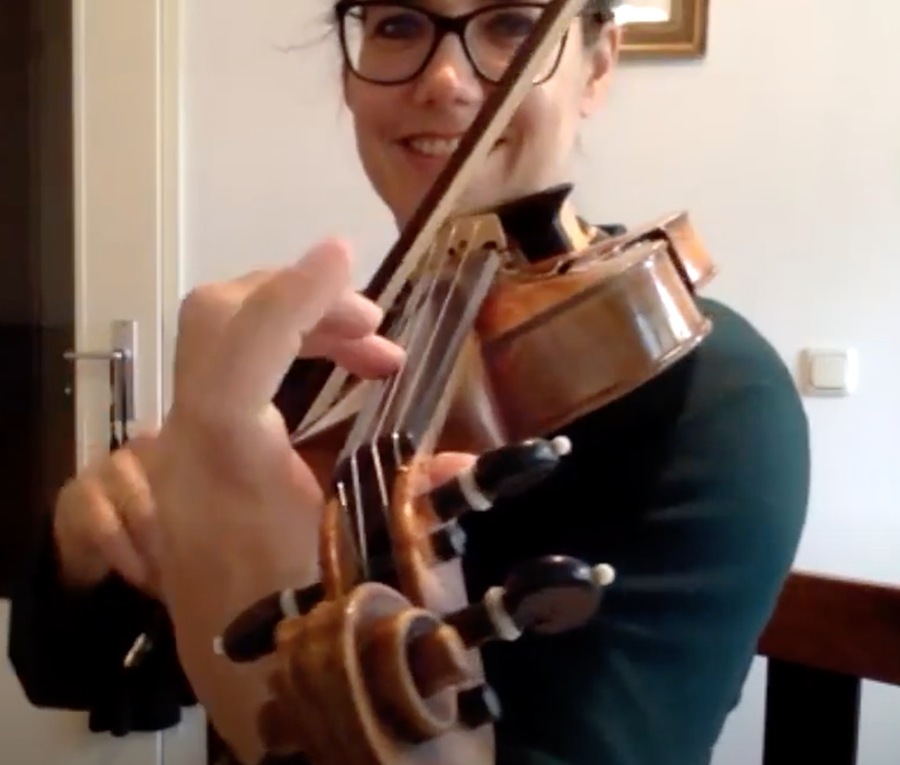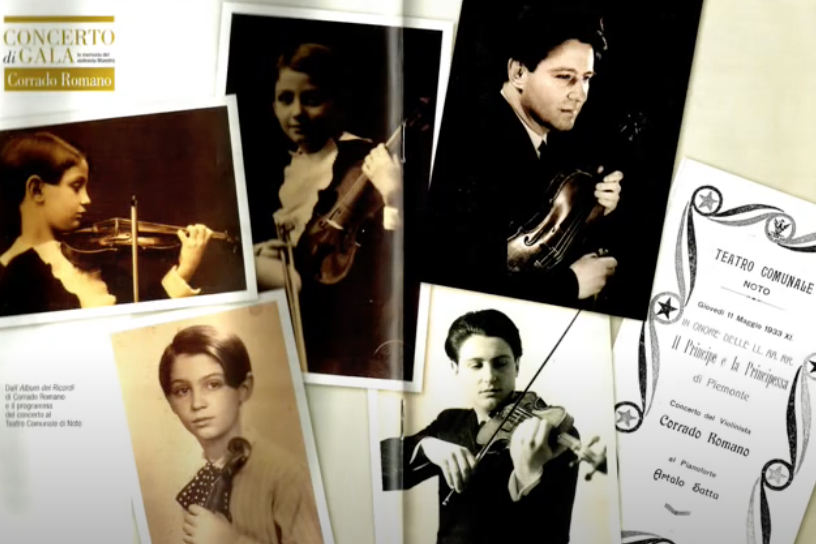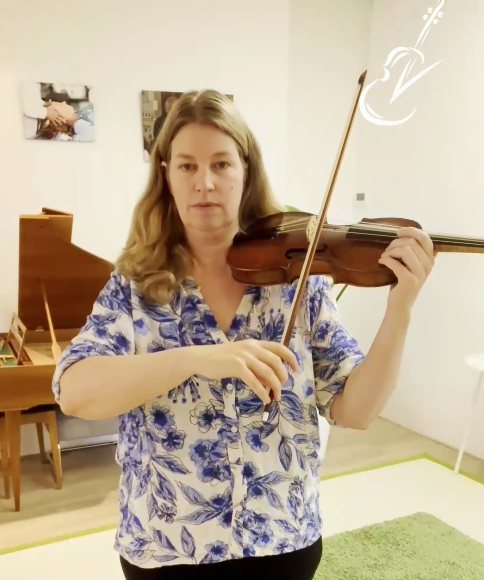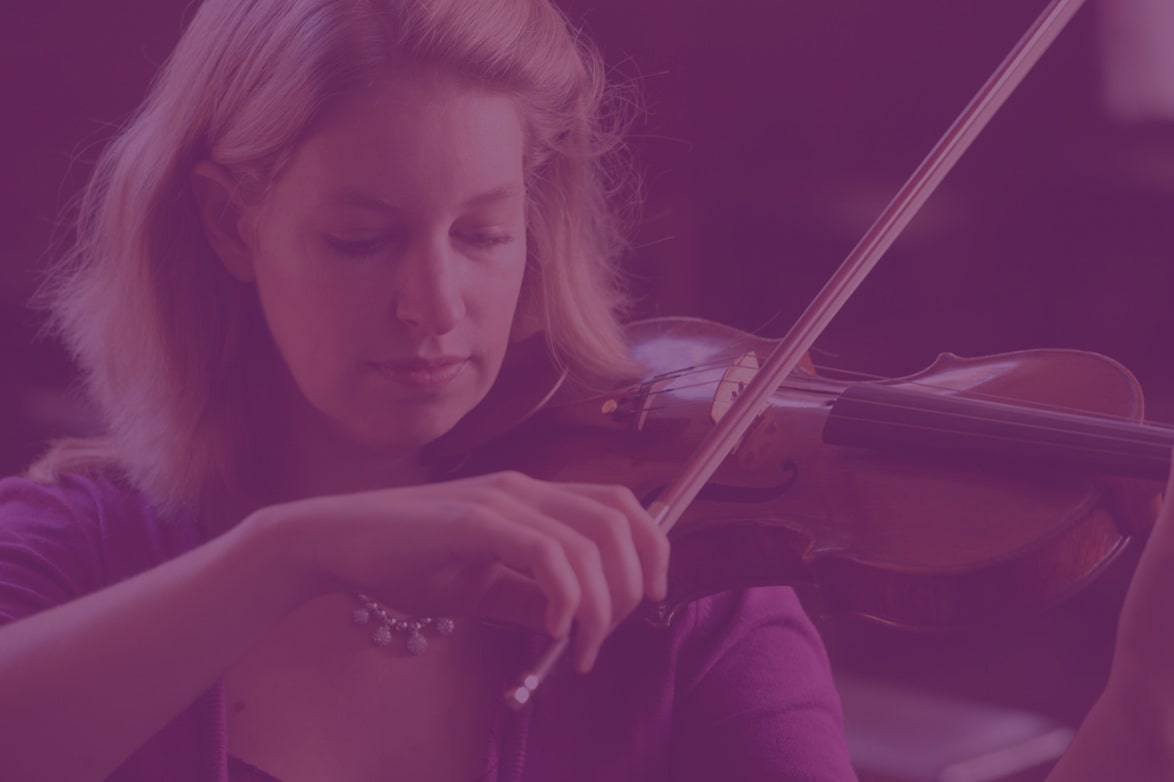
The 19th week of my experiment
Hi everyone,
This is the 19th week of the experiment on playing without a shoulder rest and / or chin rest. Here are some updates and some feedback.
Thank you for sending me your videos, it’s really important for my research. Some people just finished the whole 12 week program, sent their last video and filled out the exit survey. Fantastic, thank you so much! The majority however is still about half way in the program and that is perfectly fine, please do take all time you need and don’t hurry.
It is still possible to start taking part in the experiment. Many people already filled out the entrance survey. Thanks. If you didn’t do it yet, please do so before you start the lessons.
If you know more people who like to join, for example starting this or next month, this is still possible through my website. If you missed the newsletter last week, you can still read it here. There is a collection of past newsletters at my website available too.
Please be welcome to join the Zoom session next Wednesday 11.00 AM (Dutch time) if you want… Just to meet or to ask some questions. Would be nice to meet up. You can watch Zoom sessions back on the login page where the video lessons are, as well.
“I think your research is very important and I think you are very right on all the points you raised. I am so thankful that your talk about this, because almost every musician has unhelpful habits.”
– Jun Keller, Vienna Philharmonic Orchestra,
participant in the experiment
19th Zoom session
Last Wednesday we did a 19th zoom session with a participant of this experiment. It was lovely. If you want to watch it: I recorded the session and there is a link to it in the login page under the video lessons.
It was recorded from my home and a bit shorter than normal, as I had the flu, but it was a very nice and interesting conversation.
Andreas Moulin is a violinist, pianist and composer, living in Brussels. He is now at lesson nr 7 (vibrato) in our experiment and he joined the session as he finds this lesson the most difficult one. He never learned this kind of vibrato and has been using an arm vibrato for most of his life.
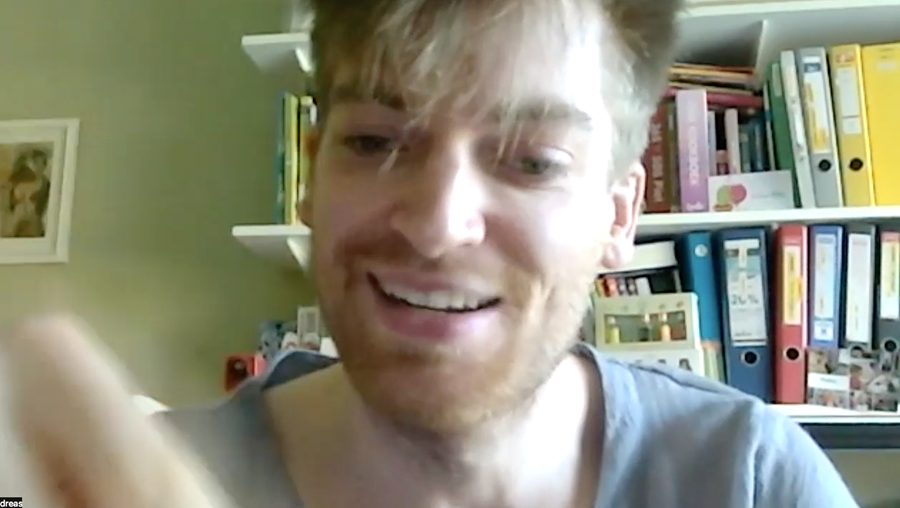
Andreas told me that he can do the hand movement in the air, but somehow not while he is supporting the violin with his thumb. He notices that when he is using arm vibrato, he is building up a lot of tension just before he starts it. We agreed that probably that is because with arm vibrato the violin is moving much more and one wants to ‘grip’ the violin with the body to prevent it from falling. This is what we want to change.
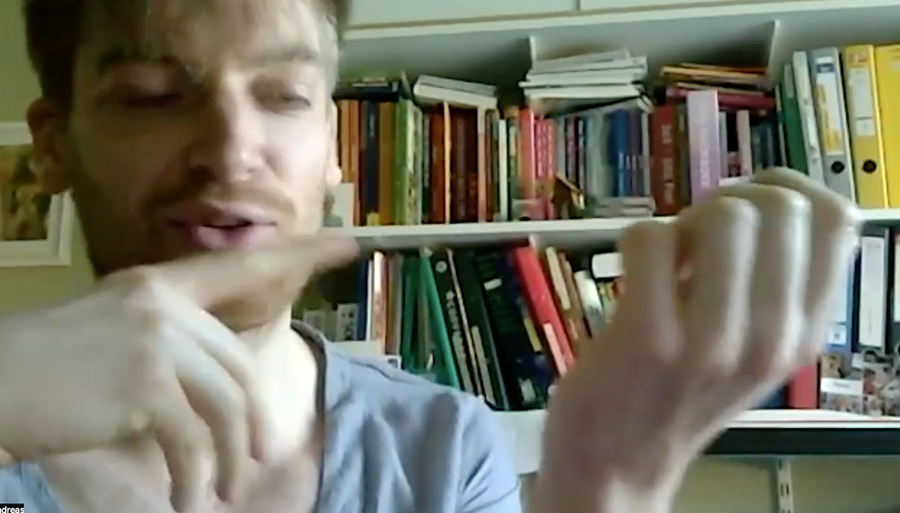

When Andreas shows it to me, he was using moving the whole arm. So we build together another kind of vibrato, moving only the hand on top of the arm, while supporting the violin with the thumb.
The best way to practice this, is not with the head touching the violin. In that way we are sure that you can not ‘grip’ the violin and the neck can be free.
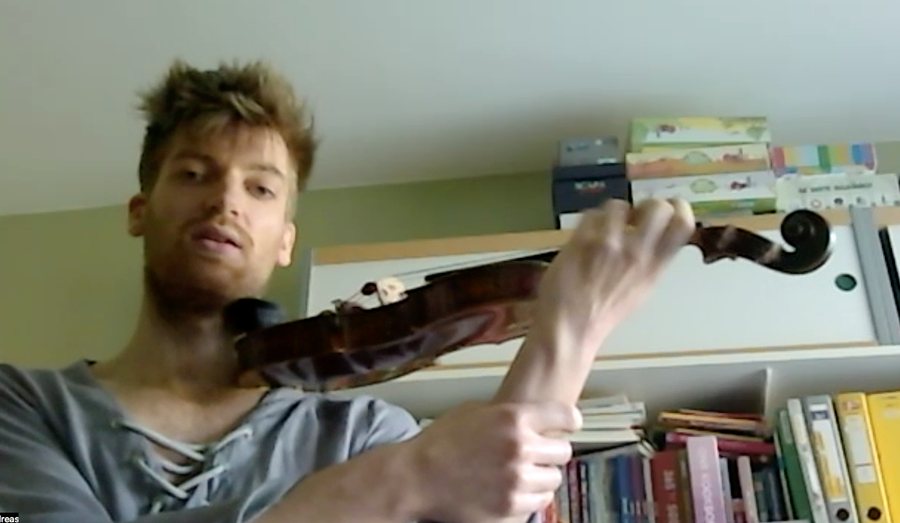
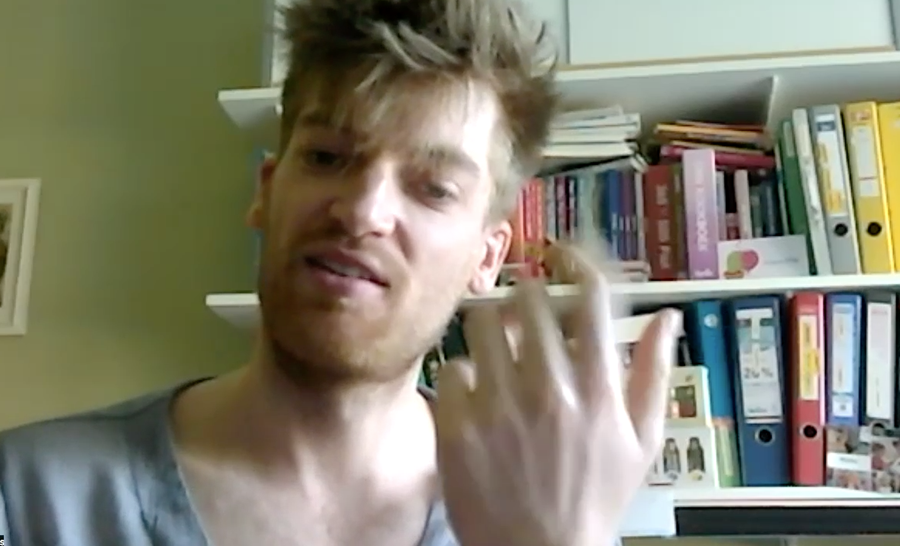
Andreas asked me if the fingers itself also should move, but I don’t think so. It’s only forth and back, in fact, not more. This gives the fingertip a kind of ‘massage’. He also asked why my first finger is in the air when I do for example vibrato with the first finger. I answered that I like the free feeling in the hand. Of course it is also possible with the fingers touching the string, but it feels a bit more restricted. We spoke about finding the right amount of weight for the fingers on the string. Andreas possibly was using a bit too much weight on the string, pressing too hard.
We discussed if the weight of the fingers on the string shouldbe more in loud passages, but I think rather the opposite: less pressure to have a big sound. Only in fast very articulated passages I think more pressure is needed (‘tapping’ the string).
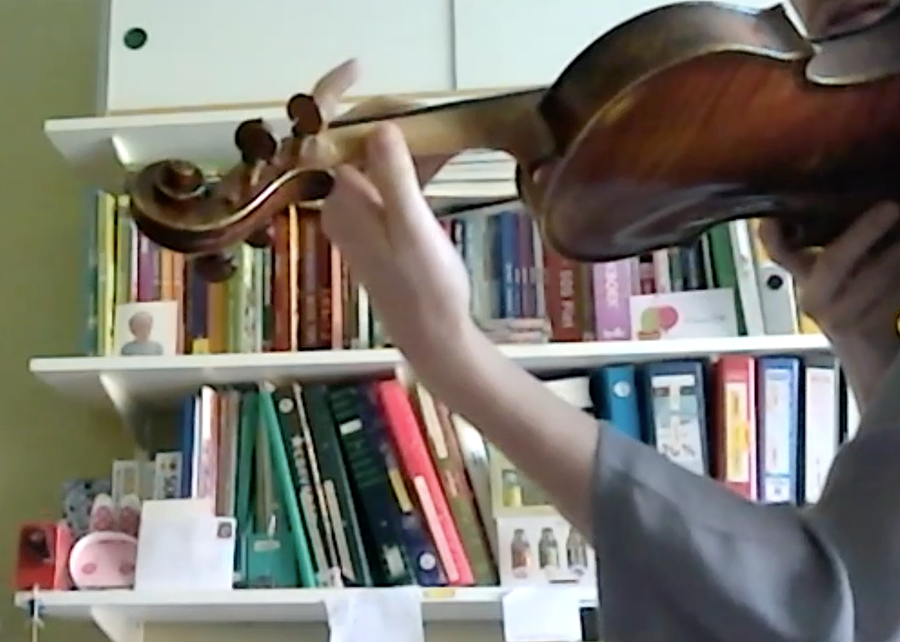
We discovered that Andreas his thumb was slipping a bit upwards (along the neck of the violin) while applying vibrato. I suggested that he could think more about two magnets attracting each other, between the fingertips of the thumb and the playing finger, using his thumb a bit more in a round way. This provides more stability.
We also spoke about the cooperation between finger and arm to be able to use another string. I noticed that Andreas his left hand was turned out a bit too much while playing and what followed was a very nice discussion about HOW the hand can turn in more.
In fact, the wrist itself can not turn (!). The turning in is happening in the elbow, with the ulna bone around the humurus. Andreas once learned from a teacher that the ulna is resting on the other forearm bone when the arm is turned in (in playing position), which is supporting the instrument by itself. A very interesting thought!
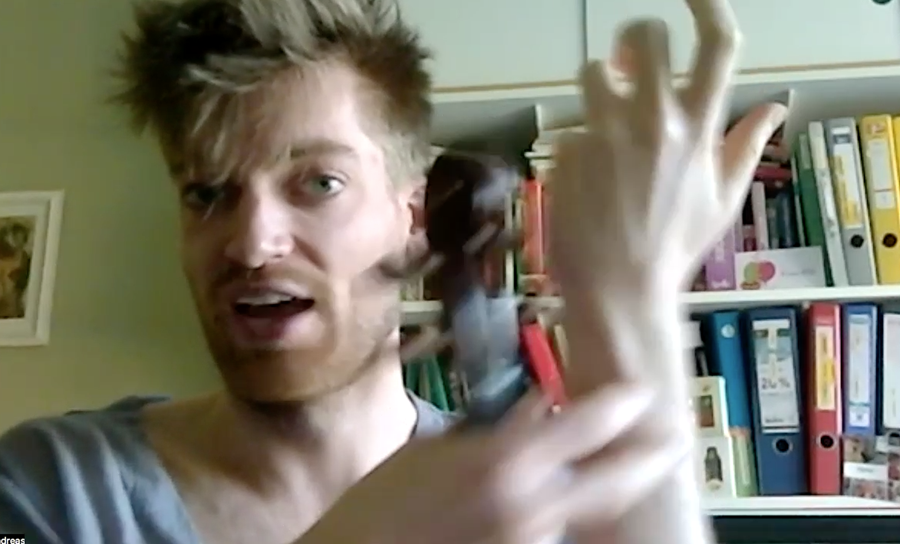
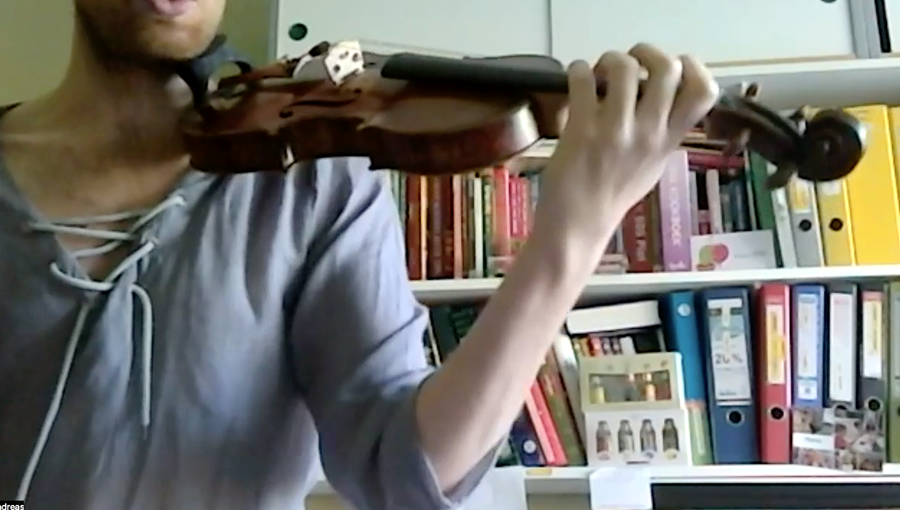
We saw that in Andreas his pinky the base joint is involved much more than the second and third joints. So I suggested some exercises to him to strengthen those two joints. We also adjusted the ‘Milstein exercise’ which Andreas explained me last time, a little bit to his sutuation: Practising it with the thumb a bit lower on the neck than he was used to. This gave more space in the index finger side of his hand and therefore created an easier use for his pinky (closer to the violin).
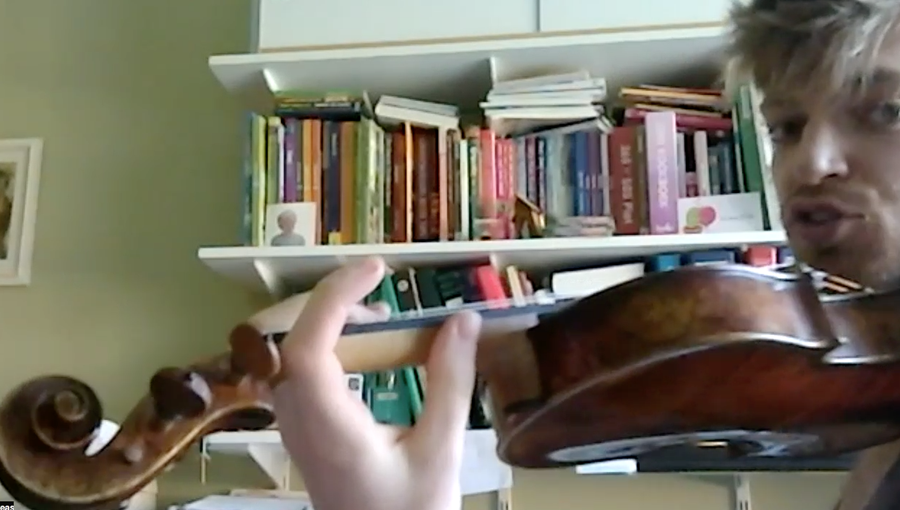
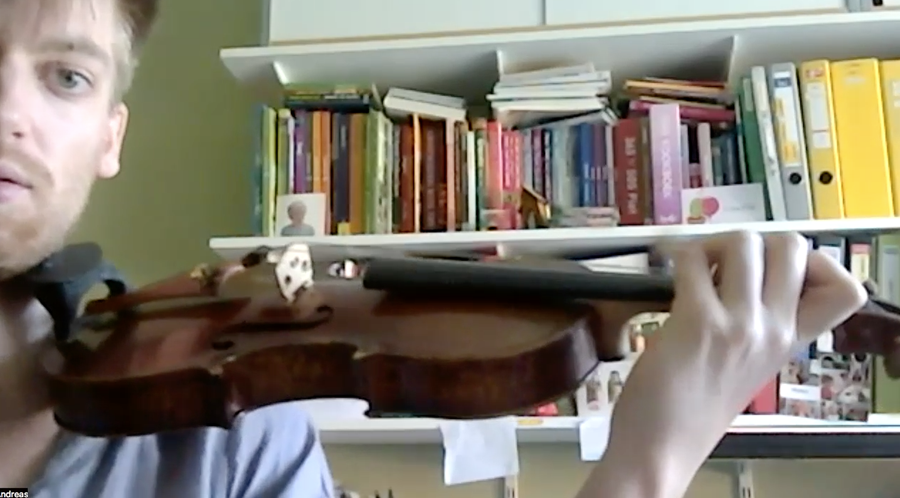
Andreas was happy, he said we solved a mystery :-).
He told me that it helped him a lot that we talked about the joints ‘being available’. He now does a kind of body scan every time before he starts playing violin, to see if all joints in his body are available and he discovers every time parts that are not available and then releases tension there. Andreas is using this body scan as a kind of ‘inhibition stop’ as we use in Alexander Technique and he experiences his body as a whole unit, everything is connected. Like a danser who is preparing for a performer. If he does not feel a part of his body, he is touching it and also observing his breathing consciously, feeling the ribs move. Accept and be.
He was very surprised to read in our last news letter how small the weight of a violin is.

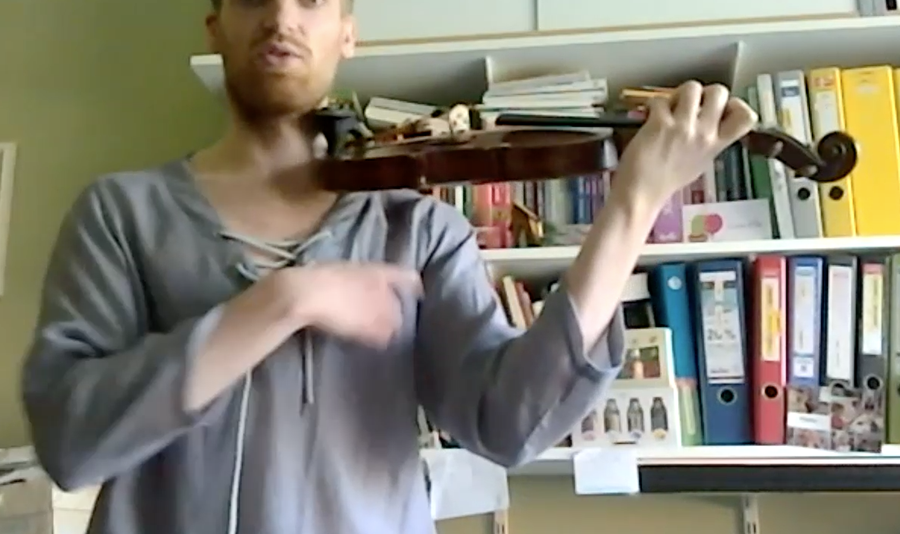
Andreas also observes what happens in himself when he sees his violin. Sometimes even the shoulders go a bit up just by seeing his violin. He does not try to change anything, just observing it, and then see if the joints still can be available. He tries to really meet his violin and keep thinking about his head going up. Beautifully.
What helps for Andreas also, is to lift his violin with his other hand (right hand). He learned this from Elizabeth Langford, a famous old Alexander Technique teacher. This kind of ‘breaks’ the old habits and patterns of tension. He really talks to his violin, to come to him, in stead of him going to the violin. Really nice to hear, Andreas!

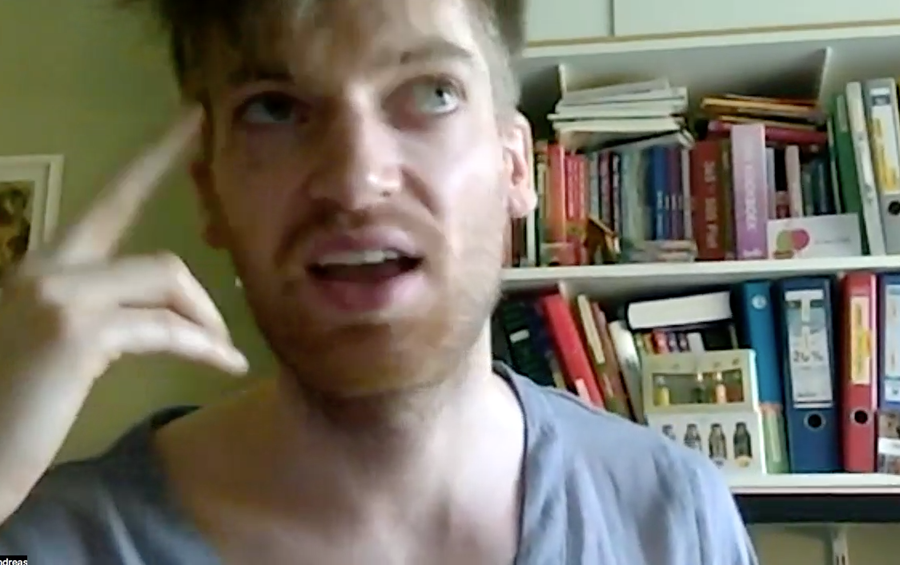
We developed an idea together, to lift the violin with the right hand towards the shoulder and then do the Milstein exercise while slowly transferring the weight to the left hand. Then again thinking about the ulna resting on the humurus (there is a picture of that in the book ‘What every violinist needs to know about the body’), frees up the left hand. You don’t have to support the violin yourself, it seems.
We also spoke about the quote from F.M. Alexander ‘The opposite of wrong is wrong’… being careful not to do the opposite from you were doing, as often then also that is not helpful. The best way is to leave out the things that are not helpful and see what the body comes up with, as the body is very intelligent. That is why Alexander said ‘the right thing will do itself’.
Andreas and me had a nice discussion about what to think while performing. Some people claim that the ideal is to only think about music, but we were doubting that. I think it is part of the profession to know for example to consciously use the weight in the sitting bones, when you want to play a passage more powerful. Like an actor who exactly knows how to play someone who is angry. This is possible without really being angry himself… we think this feels very different for the actor compared to when he is angry to someone off stage.
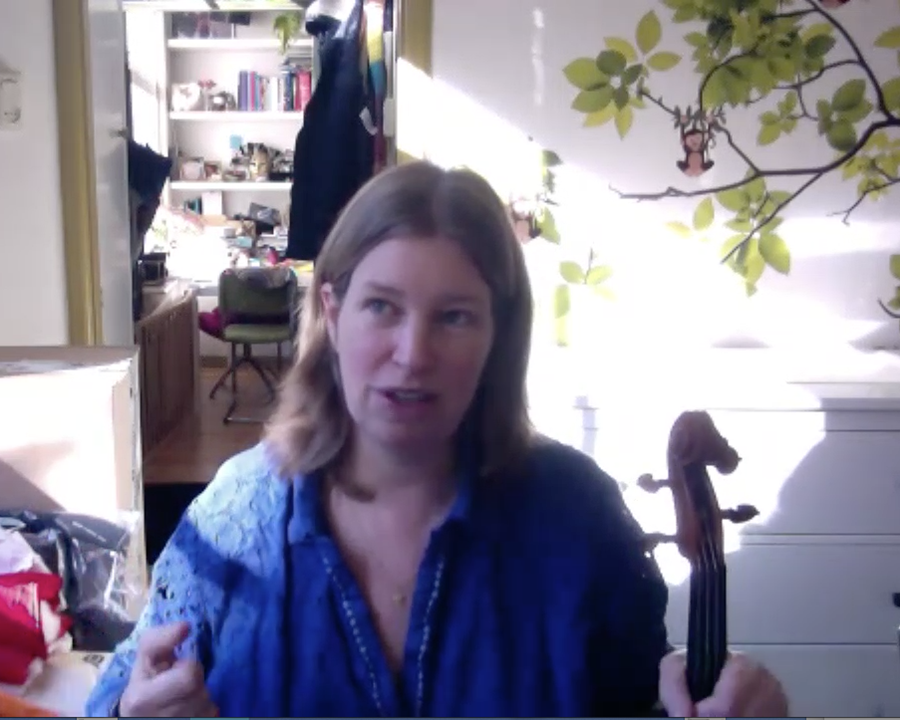
It’s very well possible to train what you will think in a performance, we think. We can practice our thoughts, a bit like programming your brain.
Andreas told me that he is preparing a recital where he will perform his own music, playing the piano. He also was just invited to compose the music for a documentary for the Belgian television. Great! Thank you for the nice discussion and exchange of ideas, Andreas, and good luck with the vibrato lesson this week!
Please take your time
It is important that everyone in this experiment enjoys the curiosity we have, and take part in a joyful and playful way. In that way, we learn the best. Don’t try too much to ‘do it right’…and don’t hurry. If you need more time, just let me know, keep me informed, and we take a bit longer. No problem!
Best regards, please let me know if you have questions,
Esther Visser
